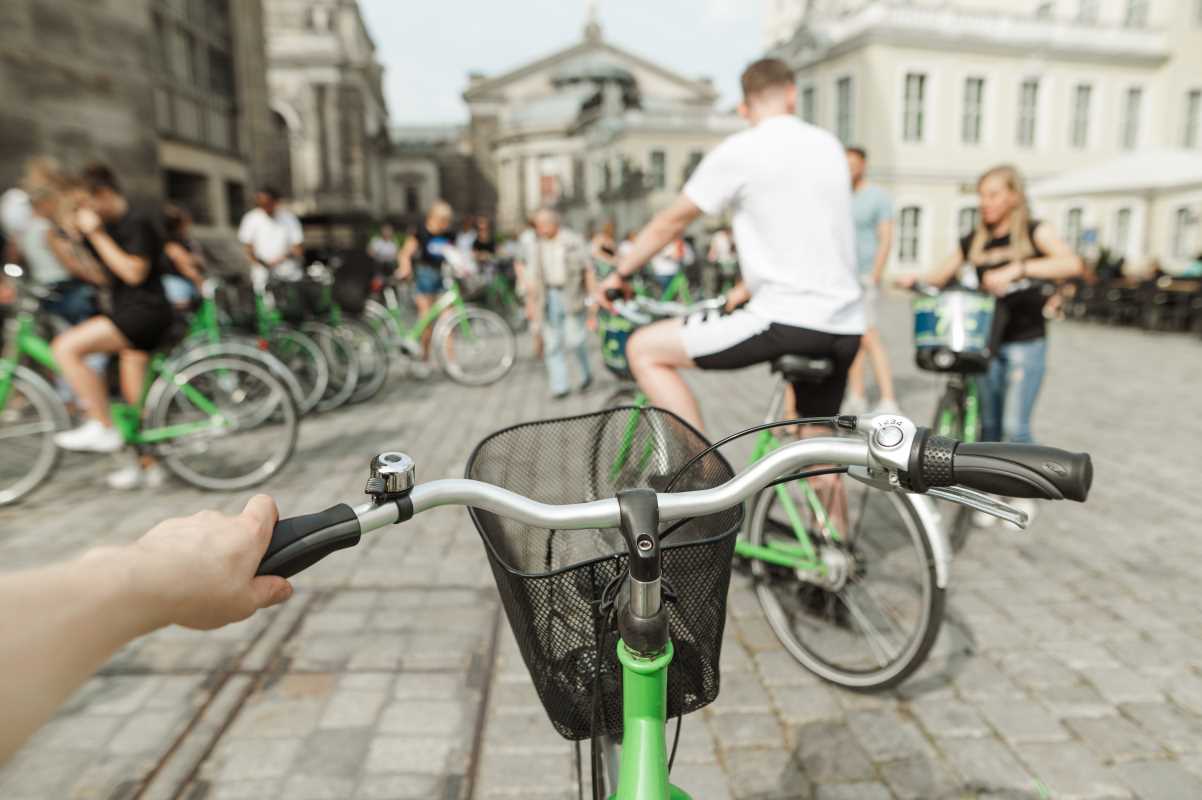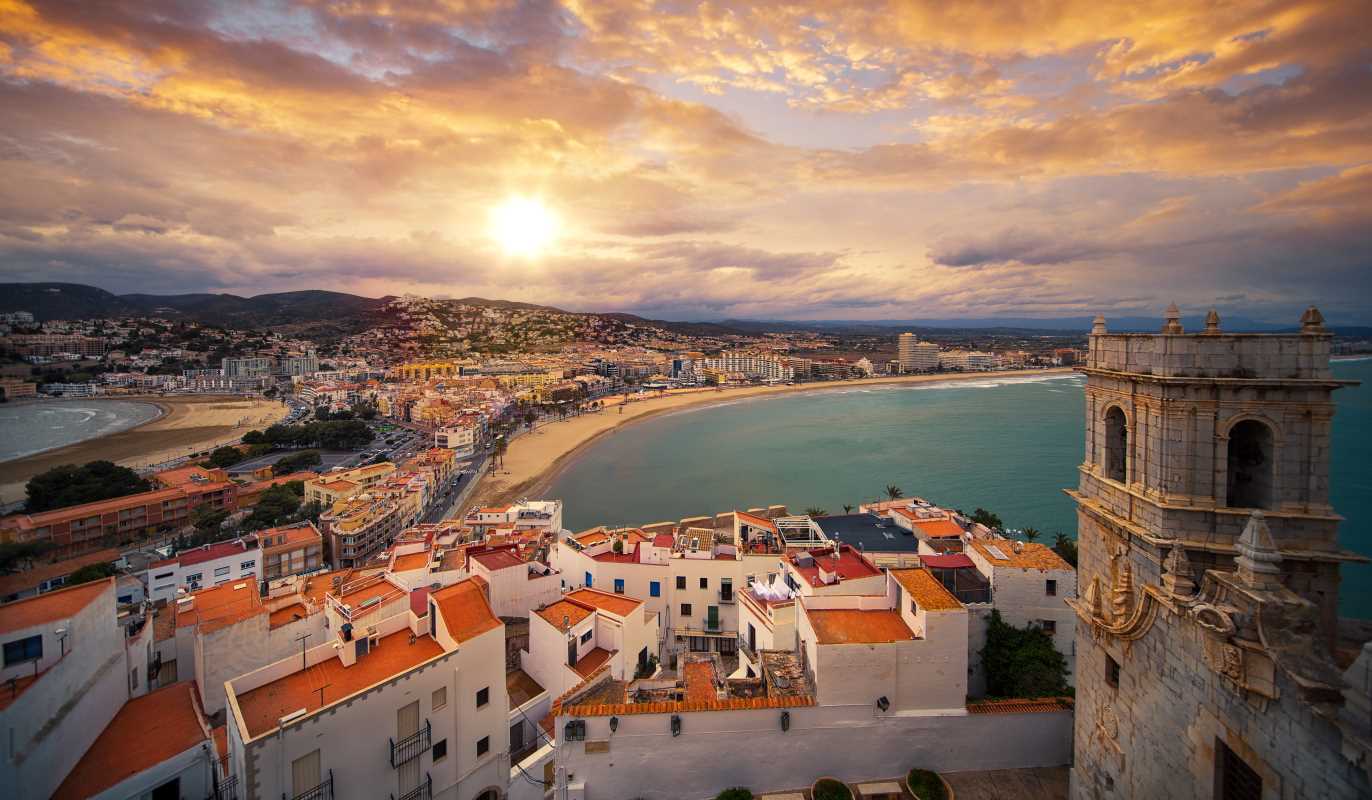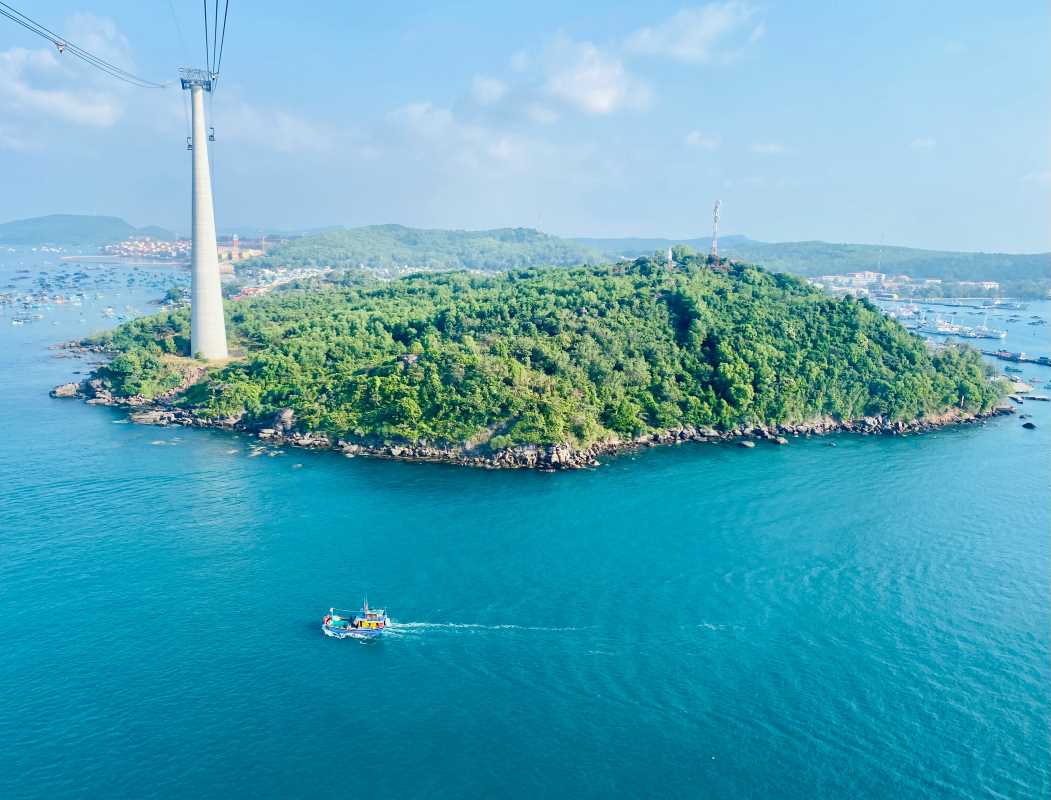What if you could have the vacation of a lifetime without leaving a mark on the planet? With climate change being a growing concern, travelers are looking for ways to minimize their environmental impact. Enter the zero-carbon footprint vacation. It’s all about exploring the world while keeping your carbon emissions to a minimum. These trips take a little extra planning, but they’re totally worth it. The best part is that you don’t have to sacrifice comfort or fun to travel sustainably. Whether you’re a seasoned adventurer or a casual tourist, here’s your step-by-step guide to planning a zero-carbon getaway in 2025.
Understand What a Zero-Carbon Vacation Means
Before you start planning, it’s important to understand what “zero-carbon” actually means. A zero-carbon footprint vacation involves traveling in a way that either produces no carbon emissions at all or offsets any emissions you can’t avoid.
Here’s a quick breakdown:
- Carbon emissions are the greenhouse gases (like CO2) released when we burn fuel for things like driving, flying, or even heating a hotel room.
- To achieve “zero-carbon,” you either need to avoid these emissions altogether or take steps to balance them out by supporting projects that reduce carbon, like planting trees or investing in renewable energy.
While completely avoiding emissions might sound impossible, it’s easier than you think when you plan smart!
Choose Your Destination Wisely
Some destinations are naturally better suited for eco-friendly travel than others. Here are a few things to consider when picking where to go:
Stay Close to Home
The farther you travel, the more emissions your trip is likely to produce. Instead of jetting off to far-flung places, explore destinations closer to home. Domestic travel often requires less transportation and allows you to use options like trains or electric vehicles, both of which are much greener than flying.
Look for Eco-Friendly Hotspots
Some cities and countries are leading the way in sustainable tourism. Places like Copenhagen, Costa Rica, and New Zealand are investing heavily in renewable energy, green infrastructure, and eco-friendly accommodations. By choosing destinations that already prioritize sustainability, you can reduce your impact even further.
Travel Green (and Skip the Plane)
Transportation is one of the largest contributors to a traveler’s carbon footprint, particularly air travel. Here are some alternatives to flying:
Opt for Trains
Trains are one of the most eco-friendly ways to get around. They use much less fuel per passenger than airplanes or cars, especially when powered by electricity from renewable sources. Train travel can be an adventure in itself, offering scenic views and a comfortable, stress-free experience.
Go Electric
If you’re driving to your destination, consider renting or using an electric vehicle (EV). With EV charging stations available in more places than ever, this is a practical and planet-friendly choice.
Use Human Power
For shorter trips, consider biking or walking. These options are zero-emission and give you a closer connection to your surroundings. Imagine pedaling through a vineyard or strolling along a coastal path. Now, that’s the kind of immersive experience you can’t get from behind a windshield.
Find Sustainable Accommodations
Where you stay can make a big difference in your trip's carbon footprint. Here’s what to look for in eco-friendly lodging:
- Green Certifications: Look for accommodations with certifications like LEED (Leadership in Energy and Environmental Design) or Green Key. These labels indicate that the property meets strict sustainability standards.
- Renewable Energy: Choose hotels, resorts, or Airbnbs that use renewable energy sources like solar or wind power.
- Local Materials and Food: Supporting locally-built accommodations and locally-sourced food reduces the emissions that would otherwise come from shipping things long distances.
If you’re up for a little adventure, you might even try camping or staying in an eco-lodge. These options reduce emissions and connect you to nature in a meaningful way.
Pack Smarter
Packing light can actually reduce your carbon footprint. How? The less weight transportation vehicles have to carry, the less fuel they use. Here are a few more packing tips to make your trip greener:
- Bring Reusables: Pack items like a reusable water bottle, utensils, and shopping bags to cut down on single-use plastics.
- Eco-Friendly Toiletries: Swap out travel-sized plastic bottles for solid shampoo bars, bamboo toothbrushes, and biodegradable soap.
- Wear Multi-Purpose Clothing: Fewer clothes mean less weight. Look for pieces you can wear in multiple ways to save space and energy.
Eat and Shop Locally
One of the joys of traveling is experiencing local cuisine and culture. Fortunately, this is also a great way to travel sustainably. Here’s why:
- Supporting Local Farmers and Businesses: Food and goods that are produced locally don’t have to be transported long distances, which reduces their carbon footprint. Shopping local supports the people who live in the area you’re visiting.
- Seasonal Eating: Choose meals made with seasonal ingredients, as they require fewer resources to produce.
- Skip Industrialized Foods: Large-scale food production, especially meat and dairy, is a major source of greenhouse gas emissions. Consider eating more plant-based meals while abroad.
Offset Any Remaining Carbon
No matter how carefully you plan, it’s almost impossible to avoid creating any emissions during your trip. That’s where offsets come in. Carbon offsets are investments in projects that reduce or capture emissions, such as reforestation or clean energy programs. Here’s how to offset your trip:
- Calculate Your Footprint: Use an online carbon calculator to estimate how much CO2 your trip will emit. These tools take into account factors like travel distance and accommodation type.
- Choose a Reputable Offset Program: Websites like Gold Standard or Cool Effect allow you to fund projects that remove or prevent emissions.
- Match the Amount: Offset the equivalent amount of CO2 you produced to balance your footprint.
While it’s important to reduce emissions wherever possible, offsets are a great way to “make up for” emissions you can’t eliminate.
Bonus Tips for an Eco-Friendly Getaway
Here are a few extra ways to reduce your impact while traveling:
- Travel During Off-Peak Times: Crowds increase the strain on local resources, so consider visiting during quieter seasons.
- Respect Wildlife and Nature: Avoid activities that disturb ecosystems, like riding elephants or littering during hikes.
- Volunteer for Environmental Projects: Combine travel with giving back by joining a conservation project or beach cleanup.
Planning a zero-carbon footprint vacation takes a bit of thought, but it’s not as hard as it might sound. Remember, you don’t have to be perfect. Small, mindful steps add up, and every effort you make helps the planet.
Traveling responsibly doesn’t mean giving up adventure or luxury. As you start planning your 2025 getaway, challenge yourself to travel in a way that leaves the planet better than you found it.
 (Image via
(Image via





